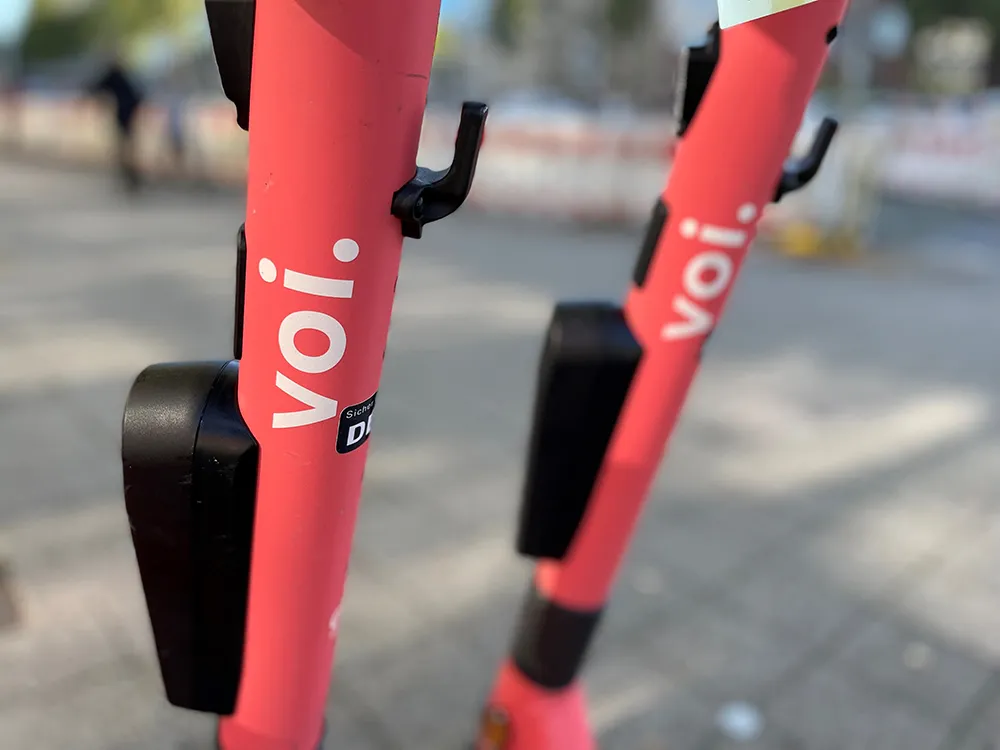
It includes several scalable capabilities based on advanced vehicle detection technologies, which provides total control of vehicle movements in/around car parks, leading to smart parking management and improved security. Each capability is designed to answer specific needs of the whole car park management process.
BirdWatch uses data collected by six inter-connected capabilities (Car Access, Image Review, CCTV, Spot Control, Lighting, Mobility) into a single web-based platform. Information provided by all capabilities ranges from obtaining queue occupancy levels outside the parking facilities, controlling all vehicle movements and security through global licence plate recognition and video surveillance at entries/exits and inside the facilities, and up to controlling the lighting based on vehicle motion detection or occupancy on each floor.
Quercus Technologies says the Spot Control capability is one of the most ground-breaking capabilities included in the BirdWatch Suite. It provides maximum control at each parking spot through an advanced all-in-one parking guidance sensor that not only indicates the availability of spaces but also provides video surveillance at each space.
At the same, it identifies, with high reliability, the exact spot where vehicles are parked through licence plate recognition. It provides key benefits for parkers and parking operators as it not only allows finding the vehicle location but also using, for instance, the information provided by the licence plate recognition to set specific fares by the zones where vehicles are parked.
The launch of the All-in-One Spot Control sensor with embedded LPR and of the whole BirdWatch Parking Suite represents a step forward towards an even more interconnected, technologically advanced smart parking management, Quercus states.










